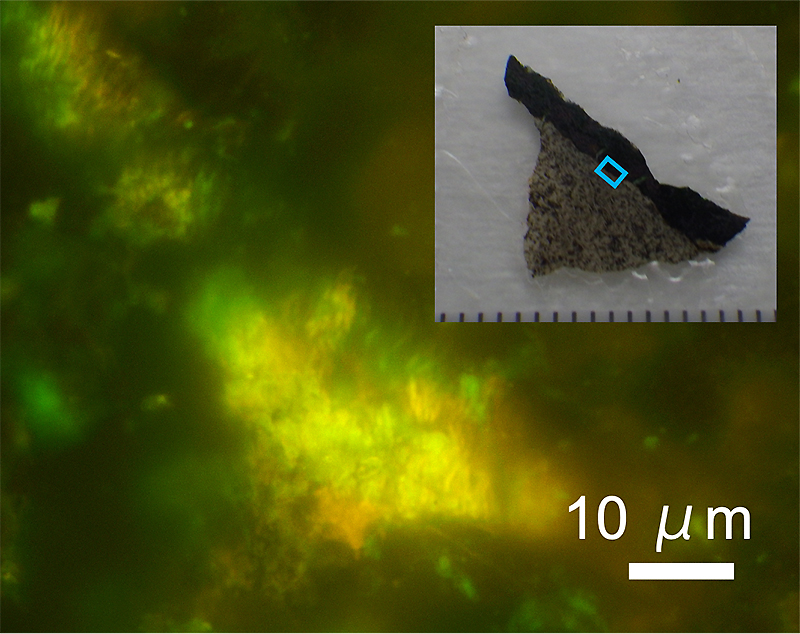Disclaimer: machine translated by DeepL which may contain errors.

Exploration targeting life in the deep sea and subterranean regions, which are the frontiers of the Earth, has revealed that life depends on material production through rock-water reactions to form fertile ecosystems in the dark world where photosynthetically derived materials cannot reach. As a basic strategy for the investigation of dark ecosystems, it has been considered that the reaction of rock and water at high temperatures, where material production is efficient, plus the transportation of the products of the reaction by water, is essential for the survival of life. This is evidenced by the fact that deep-sea floor hydrothermal vents and terrestrial hot springs have been actively studied around the world. Until recently, biological evolution has been reconstructed on the basis of a few gene sequences amplified by PCR, and microorganisms closely related to the common ancestor of all organisms with a central dogma are thermophilic, and microorganisms living in hot water are considered important research targets that provide scientific constraints on the early evolution of life.
This textbook-level fact is now becoming less of a truism, thanks to the latest scientific and technological advances. The driving force behind this trend is the rapid progress in genome analysis technology. The early evolution of life, inferred not from the limited genetic information of the past, but from the nearly 100 gene sequences contained in the genome that record the evolution of organisms, was very different. The organisms closely related to the common ancestor identified from the whole genome information are microscopic prokaryotes that live in not-so-hot water. The term "microscopic" means that the size of the cell is the size of a virus from an ordinary microorganism, and the genome is remarkably small. As for metabolism, a common feature of ultramicroscopic prokaryotes is that they produce energy through fermentation of organic matter. The main ecosystem components of these microscopic prokaryotes, which are closely related to the common ancestor, are found in the cold water flowing through the crevices of rocks at the bottom of the earth. This scientific fact suggests that the subsurface may be an important site for the evolution of the common ancestor.
 |
||
| Photograph of a thin slice of an oceanic crust basalt core sample (top right) in which microorganisms were observed at a density comparable to that of the gut, and a fluorescence micrograph of microbial cells stained with DNA in the light blue region of the thin slice. The scale at the bottom of the thin section is 1 mm. | ||
Our laboratory's research results on subterranean microorganisms are changing our view of life. Microorganisms have been discovered in the cold rocks of the earth's depths, which had been thought to be devoid of life, and in an enclosed space where water does not transport the substances necessary for survival, at a density as high as that of the human gut (as reported in the July 2020 Faculty of Science News, " Research Frontiers" ). This discovery is the result of the world's pioneering development of a technique for directly viewing microorganisms in rocks, and may be comparable to the first microscopic observation of microorganisms by Löwenhoek in the 17th century. This is because, given the diversity of rock types, there are infinitely different growth conditions within rocks, and it is expected that microorganisms that have evolved to adapt to these conditions will be revealed one after another. Among the microbes that are revealed, we can expect to find "life that retains the characteristics of a common ancestor" rather than the miniscule prokaryotes that dominate the water in subterranean rocks. Ultimately, the hypothesis that life arose on the surfaces of minerals such as clay and metal sulfides will be tested by determining whether microorganisms that use these minerals, which are universal in rocks, are closely related to the common ancestor, and we look forward to the results of future research.
Published in Faculty of Science News, January 2021


